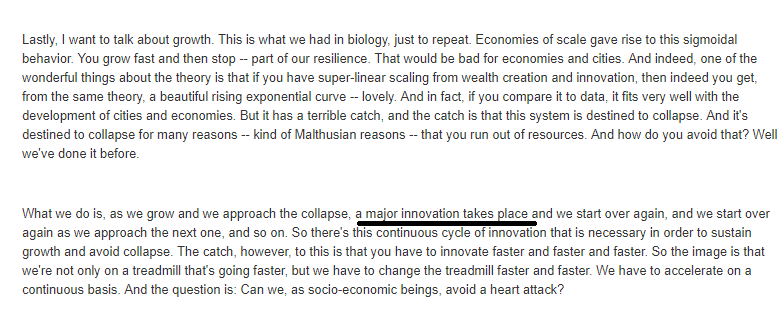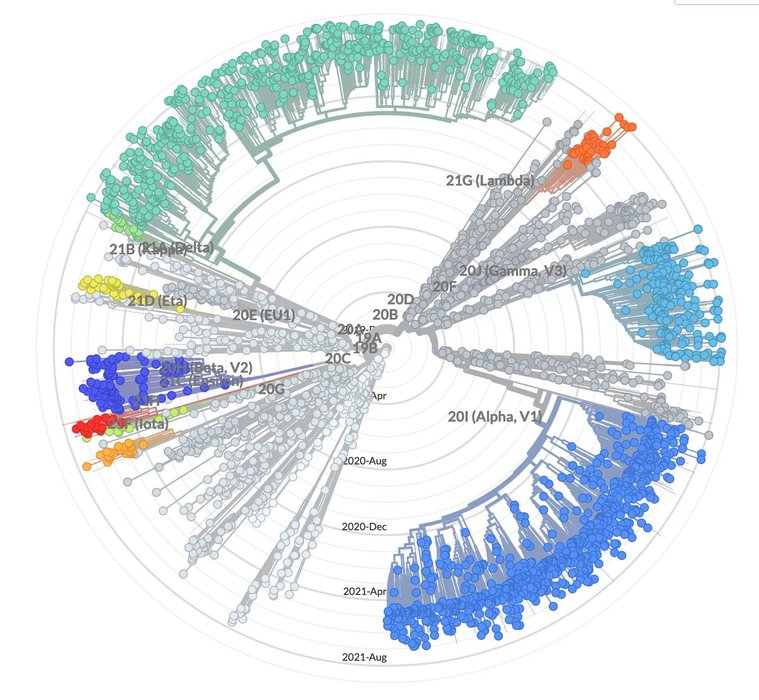Sublime
An inspiration engine for ideas

Robert Sapolsky: The Biology of Humans at Our Best and Worst
youtube.comBiotech
Packy McCormick • 3 cards
Brenner was in a thoughtful mood, drinking sherry before dinner at King’s College. When he began working with Crick, less than two decades before, molecular biology did not even have a name. Two decades later, in the 1990s, scientists worldwide would undertake the mapping of the entire human genome: perhaps 20,000 genes, 3 billion base pairs. What
... See moreJames Gleick • The Information: A History, a Theory, a Flood
“How selfish soever man may be supposed, there are evidently some principles in his nature that interest him in the fortunes of others, and render their happiness necessary to him, though he derives nothing from it except the pleasure of seeing it.”
Jessica C. Flack • Worlds Hidden in Plain Sight: The Evolving Idea of Complexity at the Santa Fe Institute, 1984–2019 (Compass)

When studying such a product of natural selection, scientists aren’t entitled to simplicity. Biology took whatever route it needed to create functioning organisms,
Grace Lindsay • Models of the Mind
and introduce ideas of renormalization group flows to the stochastic dynamics of finite populations